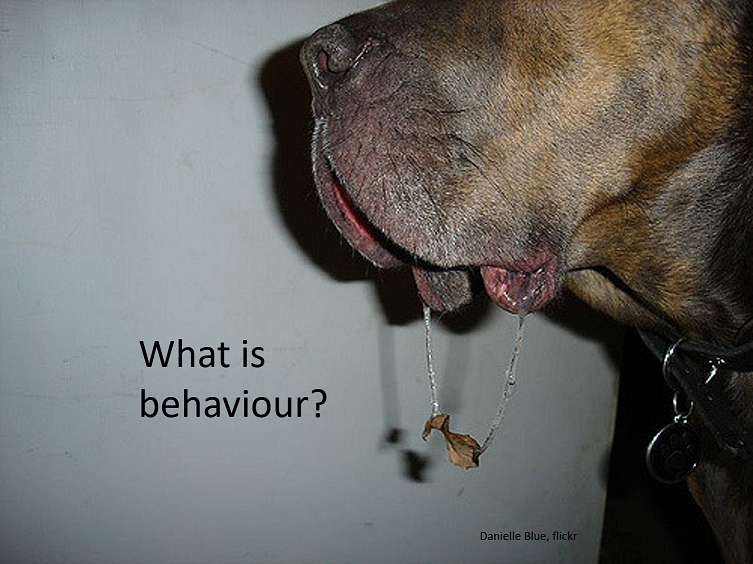Originally published in 2018; revised May 2023.
One of my online courses is called Getting Behaviour – The Foundations of Animal Training.

My students are really excited about it.
I’m very proud of it, and I had this idea to share part of the course for free, here on the blog. The course is about 13 hours long and contains 109 short videos, so I wanted to pick one of those videos and share with you. The best one.
That was difficult. Which video to choose?
After racking my brain for a while, I asked my current students for their help in making the selection, and they eagerly jumped at the opportunity and suggested a handful of their personal favourites.
Interestingly, they all suggested that I share different chapters – in fact, there was only one chapter that got several votes.
Two votes, to be exact.
Kinda disappointing, I had sort of hoped that the students would all point to one video being The Best Video In The Course.
No such thing, apparently.
But one of those videos actually got two votes.
And I’m sharing it here, on this page.

So, without further ado, here’s chapter 2, called “what is training – and behaviour” from Module 1 of the Getting Behaviour course. It’s one of the longest videos of the course, normally they’re two to eight minutes long. This one’s 13.
Toggle the little blue CC-button at the bottom right of the film to see the English subtitles.
***
What is behaviour?
You may think you know…
or maybe not..!
You’re not alone – even behavioural biologists disagree on this topic. And one would expect them to know!
Rather than the Dead Man’s rule “if a dead man can do it, it ain’t behaviour”, I much prefer Bob and Marian Bailey’s expression: “if the animal isn’t dead, there’s behavior”.
I mention that animals learn from each other. They also learn from humans. Some species can even be taught to imitate humans. Here’s the do-as-I-do method, introduced by Claudia Fugazza. As far as I know, it’s been tried with dogs, dolphins – and cats!
In my Advanced Animal Training course, I describe the Do-as-I-do technique in more detail, and include a practical challenge, too! If you can’t wait, just check out Claudia’s own page to learn more!
Find the paper on the disagreement about definitions here.
***
Wanna see the other 108 videos in the course, and join the discussions – and get bonus monthly live webinars answering your training-related questions? Find the Getting Behaviour course here.
I teach about behaviour, training and welfare. Sign up below and I’ll keep you posted about my free webinars and Masterclasses, new blog posts, silly experiments and online courses!
4 replies on “Do we need to redefine “training” – or “behaviour”? Or both?”
Halfway through this incredibly instructive course I would like to try to formulate a suitable definition for behavior:
Behavior is the totality of actions and reactions by and within an organism, in response to its natural and social environment. And consists of all conscious and unconscious actions, which may or may not be observable.
So, what do you think? If anything, it’s sounds friendlier than the Dead Man’s rule. 😉
Yay, well done! Some thoughts: what about inaction? Is that also behaviour? “sitting still” or “choosing not to take the treat in front of me”?
Thank you. And good point . Doing nothing can indeed be behaviour. Although I don’t believe my dog will ever choose the option: “not to take the treat in front of me”. But I revise my definition to:
Behavior is the totality of (in)actions and reactions by and within an organism, in response to its natural and social environment. And consists of all conscious and unconscious (in)actions, which may or may not be observable.
I think the overt and covert signs also can give you hint about the signs to come, allowing you to help them before they start down a road not beneficial to them .